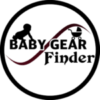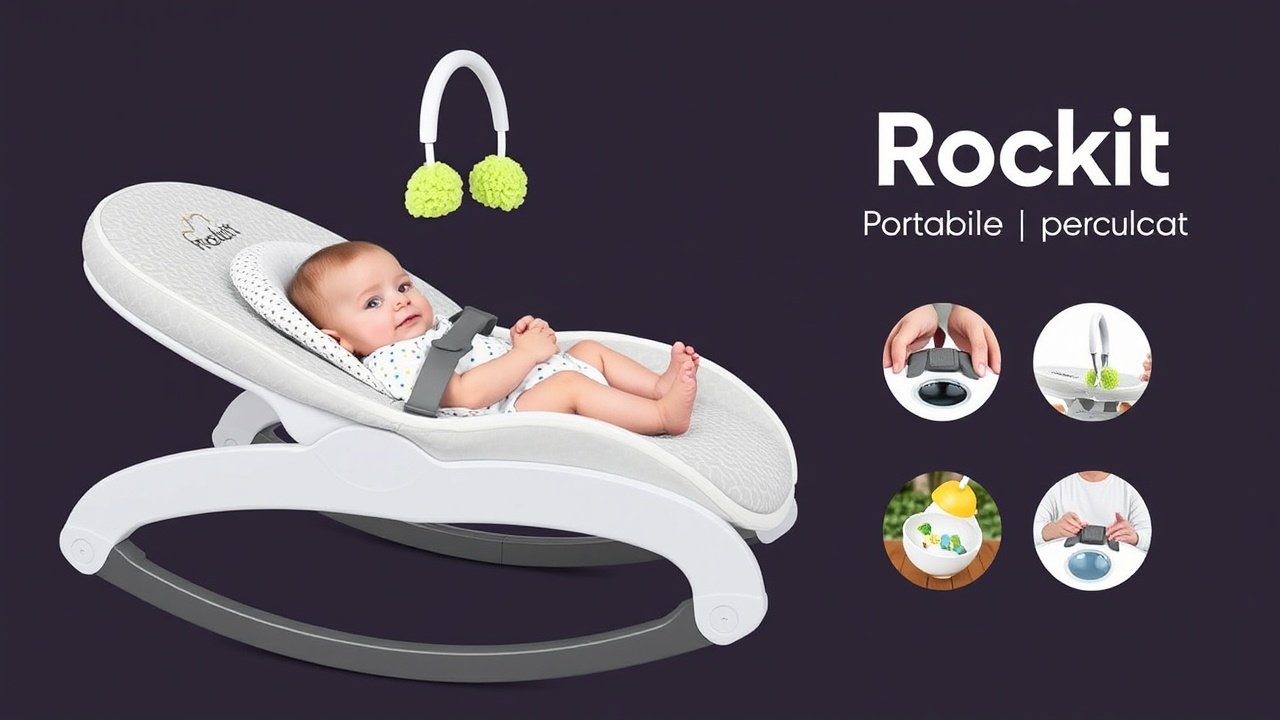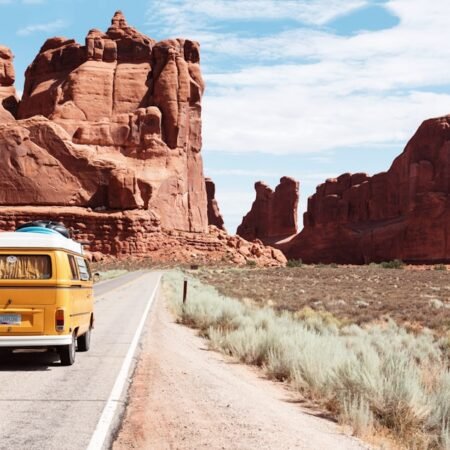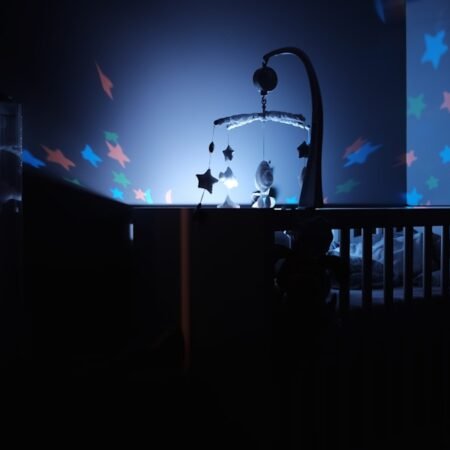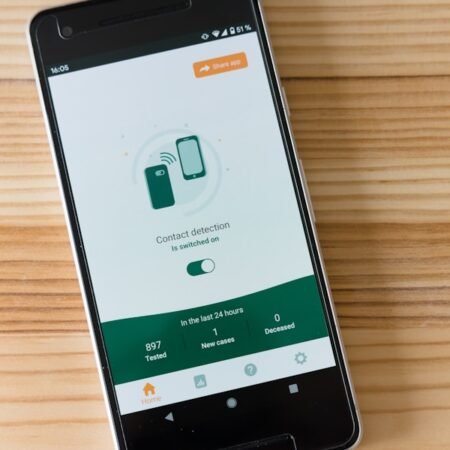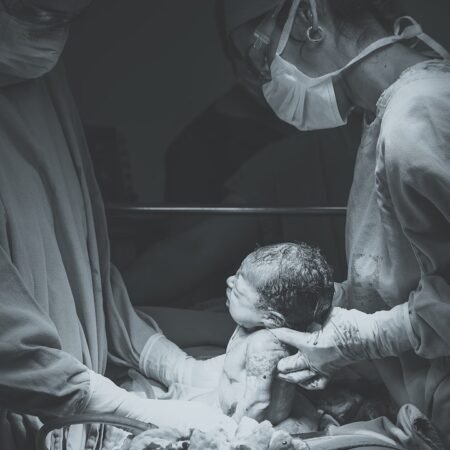When it comes to buying second-hand baby gear, there are certainly some potential risks that parents should be aware of. One of the main concerns is the safety of the products. Second-hand baby gear may have been subject to wear and tear, which could compromise its safety features.
For example, a car seat that has been in an accident may not provide the same level of protection as a new one. Additionally, there is the risk of product recalls. If a particular item has been recalled due to safety concerns, it may still be circulating in the second-hand market, putting unsuspecting parents and their babies at risk.
Another potential danger of second-hand baby gear is the presence of harmful substances. Many older baby products may contain chemicals such as phthalates, BPA, or lead, which have been linked to various health issues in children. These substances can leach out of the products over time, especially if they have been exposed to heat or sunlight.
Therefore, it is important for parents to be cautious when purchasing second-hand baby gear and to thoroughly inspect the items for any signs of damage or chemical exposure.
Key Takeaways
- It is generally safe to buy second-hand baby gear, but it’s important to understand the potential risks and take necessary precautions.
- The benefits of buying second-hand baby gear include cost savings and reducing environmental impact.
- Dos of thrift shopping for parents include thoroughly inspecting items, researching safety standards, and cleaning and disinfecting items before use.
- Don’ts of buying second-hand baby gear include purchasing items that are expired, recalled, or damaged, and not checking for safety standards.
- Cleaning and disinfecting second-hand baby gear is crucial to ensure the safety and health of your baby.
- Ensuring safety standards when buying second-hand baby gear involves checking for recalls, researching product history, and following manufacturer guidelines.
The Benefits of Buying Second-Hand Baby Gear
Despite the potential risks, there are also many benefits to buying second-hand baby gear. One of the main advantages is the cost savings. Baby products can be quite expensive, and buying second-hand can help parents save a significant amount of money.
This is especially beneficial for items that are only used for a short period of time, such as infant clothing or a bassinet. In addition to cost savings, buying second-hand baby gear is also more sustainable. By purchasing pre-owned items, parents can help reduce waste and minimize their environmental impact.
This is particularly important in today’s society, where there is a growing concern about the amount of waste generated by consumer products. By choosing to buy second-hand, parents can contribute to a more sustainable future for their children.
Tips for Safely Thrift Shopping for Baby Gear
When it comes to thrift shopping for baby gear, there are several tips that parents should keep in mind to ensure the safety and quality of the items they purchase. One of the most important tips is to thoroughly inspect each item before making a purchase. This includes checking for any signs of damage, such as frayed straps on a car seat or tears in a stroller canopy.
It is also important to look for any potential hazards, such as loose parts or missing safety features. Another tip for safely thrift shopping for baby gear is to research the products before making a purchase. This includes checking for any recalls or safety warnings associated with the items.
Many manufacturers provide information on their websites about product recalls and safety standards, which can help parents make informed decisions when shopping for second-hand baby gear.
The Dos of Buying Second-Hand Baby Gear
| Pros of Buying Second-Hand Baby Gear | Cons of Buying Second-Hand Baby Gear |
|---|---|
| Cost-effective | Potential safety hazards |
| Environmentally friendly | Wear and tear |
| Access to unique items | Difficulty in finding specific items |
| Opportunity to support local thrift stores | Uncertain product history |
There are several “dos” that parents should keep in mind when buying second-hand baby gear. One of the most important dos is to prioritize safety over cost savings. While it can be tempting to choose the cheapest option, it is crucial to ensure that the items are safe and in good condition.
This includes checking for any signs of wear and tear, as well as researching the safety standards of the products. Another important “do” when buying second-hand baby gear is to thoroughly clean and disinfect the items before using them. This can help remove any potential contaminants or harmful substances that may be present on the products.
Additionally, cleaning and disinfecting second-hand baby gear can help ensure that it is safe for use and free from any germs or bacteria.
The Don’ts of Buying Second-Hand Baby Gear
In addition to the “dos,” there are also several “don’ts” that parents should keep in mind when buying second-hand baby gear. One of the main don’ts is to avoid purchasing items that are expired or have been recalled. This includes car seats, cribs, and other baby products that have specific expiration dates or safety warnings associated with them.
Another important don’t when buying second-hand baby gear is to avoid purchasing items that are damaged or in poor condition. This includes products with missing parts, broken components, or signs of excessive wear and tear. It is crucial for parents to prioritize the safety and quality of the items they purchase, rather than simply focusing on cost savings.
Cleaning and Disinfecting Second-Hand Baby Gear
Cleaning and disinfecting second-hand baby gear is an essential step in ensuring its safety and suitability for use. There are several methods that parents can use to clean and disinfect baby gear, depending on the type of item and its materials. For example, fabric items such as clothing, bedding, and soft toys can be washed in hot water with a mild detergent to remove any dirt and bacteria.
For hard surfaces such as plastic toys, high chairs, and playpens, parents can use a solution of water and vinegar or a mild disinfectant to clean and sanitize the items. It is important to thoroughly rinse and dry the items after cleaning to remove any residue from the cleaning products. Additionally, parents should pay special attention to any areas that may be difficult to clean, such as crevices or seams where dirt and bacteria can accumulate.
Ensuring Safety Standards When Buying Second-Hand Baby Gear
When buying second-hand baby gear, it is important for parents to ensure that the items meet current safety standards and regulations. This includes checking for any recalls or safety warnings associated with the products, as well as researching the manufacturer’s guidelines for proper use and maintenance. Additionally, parents should look for any certification labels or markings on the items that indicate they meet safety standards.
It is also important for parents to consider the age and condition of the items when purchasing second-hand baby gear. For example, car seats have expiration dates and should not be used beyond this time frame. Similarly, cribs and other sleep-related products should meet current safety standards to reduce the risk of SIDS (sudden infant death syndrome) and other sleep-related accidents.
In conclusion, buying second-hand baby gear can be a cost-effective and sustainable option for parents. However, it is crucial for parents to understand the potential risks and take steps to ensure the safety and quality of the items they purchase. By following these dos and don’ts and taking the necessary precautions when thrift shopping for baby gear, parents can provide their children with safe and reliable products without breaking the bank.
FAQs
Is it safe to buy second-hand baby gear?
Yes, it can be safe to buy second-hand baby gear as long as you take certain precautions and thoroughly inspect the items before purchasing.
What are the dos of thrift shopping for parents?
– Do thoroughly inspect the item for any signs of damage or wear. – Do research the product to ensure it has not been recalled or deemed unsafe. – Do wash and sanitize the item before using it with your baby.
What are the don’ts of thrift shopping for parents?
– Don’t buy items that are missing parts or accessories. – Don’t purchase items that have been recalled or deemed unsafe. – Don’t buy items that are expired, such as car seats or baby formula.


